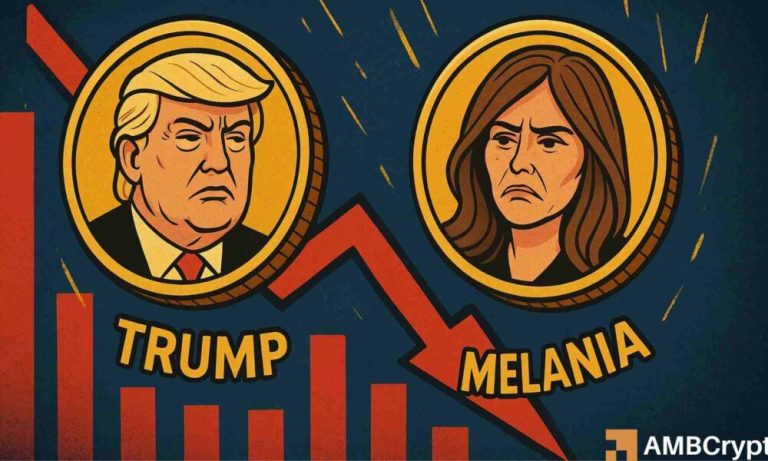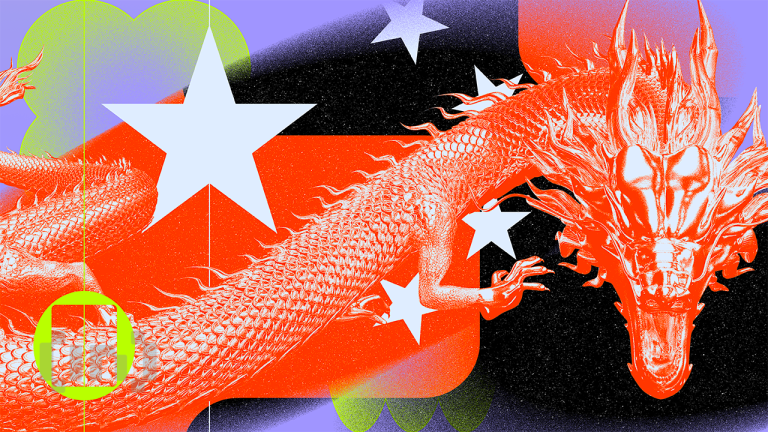
Cultural Fusion: Embracing Diversity in European Lifestyles by 2025
Cultural fusion, or the blending of different cultural practices and traditions, has become an essential aspect of European lifestyles. As the continent continues to become more diverse, it is crucial to recognize and celebrate the unique cultural contributions of various communities. Cultural fusion is not only a means of promoting diversity and inclusivity but also a way to enrich European lifestyles and create a more vibrant and dynamic cultural landscape.
Introduction to Cultural Fusion
Cultural fusion refers to the process of combining different cultural elements, such as music, art, literature, and cuisine, to create something new and unique. This phenomenon has been present in Europe for centuries, with various cultures interacting and influencing one another. However, in recent years, cultural fusion has become more pronounced, driven by factors such as migration, globalization, and technological advancements.
Benefits of Cultural Fusion
The benefits of cultural fusion are numerous and far-reaching. By embracing diversity and promoting cultural exchange, European societies can become more inclusive, tolerant, and creative. Cultural fusion can also contribute to economic growth, as diverse communities bring new skills, ideas, and perspectives to the table. Furthermore, cultural fusion can help to break down social barriers and promote understanding and empathy among people from different backgrounds.
Examples of Cultural Fusion in European Lifestyles
There are many examples of cultural fusion in European lifestyles, including:
- Food: The blending of different culinary traditions has given rise to new and exciting cuisines, such as fusion restaurants that combine elements of Asian, African, and European cooking.
- Music: The fusion of different musical styles, such as jazz, hip-hop, and electronic music, has created a unique and vibrant musical landscape in Europe.
- Art: The combination of different artistic traditions has resulted in innovative and thought-provoking works of art, such as street art, graffiti, and installations that reflect the diversity of European cultures.
Challenges and Opportunities
While cultural fusion offers many benefits, it also presents challenges and opportunities. One of the main challenges is the risk of cultural homogenization, where dominant cultures suppress or erase minority cultures. However, this can be mitigated by promoting cultural exchange, education, and awareness. Additionally, cultural fusion can create new opportunities for artistic expression, innovation, and economic growth, as diverse communities come together to create something new and unique.







2 thoughts on “Cultural Fusion: Embracing Diversity in European Lifestyles by 2025”
Comments are closed.